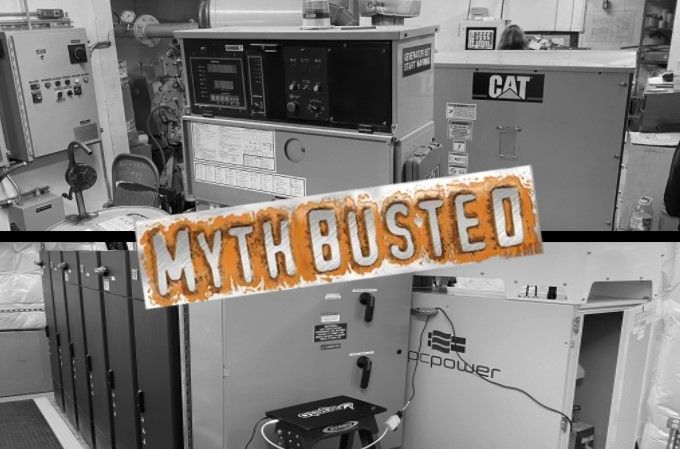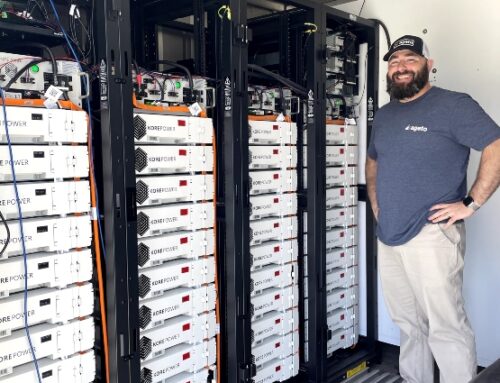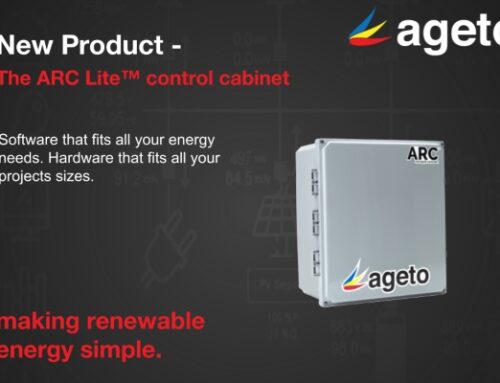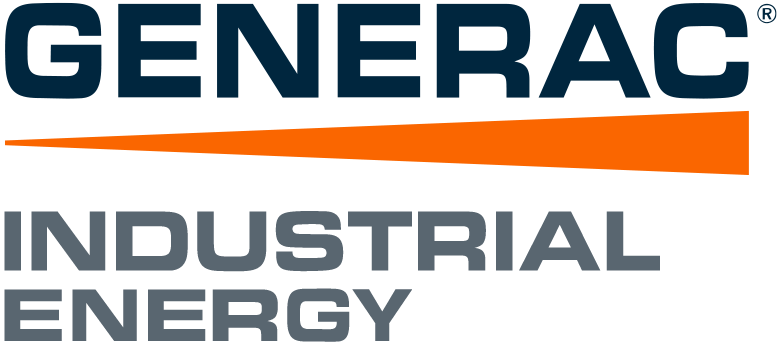Wait, you can operate battery storage and generator plants in grid-forming at the same time?
We hear it all the time: there can only be one grid-forming resource type online at a time, right? Well, we have busted this myth many times at some of our solar+storage+generator microgrid projects.
For many off-grid energy storage and generator microgrid applications, many benefits can be found by taking this approach.
#1 Additional layers of resilience:
Running both the battery storage and generator plant in grid-forming mode provides a redundant architecture. If a generator were to trip offline unexpectedly, the storage is already online in grid-forming, ready to instantaneously take on the full load. This allows for a seamless transfer. Otherwise there would be a blackout as the next generator ramped up or the energy storage was black started.
#2 Renewable spinning reserves, also known as synthetic inertia:
A generator does not like to ramp quickly. Doing so often can cause unnecessary wear and tear to the unit. For storage, ramping near instantaneously is no problem. There may be large load transients or load swings at the facility, which without the energy storage, could affect the power quality produced by the generator. Low power quality could trip off or even damage sensitive equipment. The battery storage provides those synthetic spinning reserves while the generator plant can slowly ramp up.
#3 If a cloud suddenly shades the solar panels, or the sun suddenly shines:
The storage can instantaneously be a source or sink for that excess power. Having battery storage and a generator can extend generator life, reduce maintenance costs, and improve power quality on site.
#4 Renewable spinning reserves mean less of a need for additional generators:
Having energy storage and generators allows for a single generator to be kept online while maintaining that N+1 redundancy architecture. Instead of multiple generators, a single generator can run in a more efficient range. Over time, this reduces fuel burn and can be a real money and maintenance saver.
Conclusion
There are some real benefits to this approach for off-grid battery storage and generator microgrids. So how does it work? It takes some advanced control techniques, which Ageto has been able to perfect over time by working with advanced battery inverters and genset controllers. These devices allow the frequency and voltage setpoint to be biased by the microgrid controller allowing it to orchestrate them to operate in parallel. Some examples of inverter vendors that provide solutions with these advanced capabilities are Dynapower, EPC Power, and Oztek.
To learn more about this unique controls approach and what benefits it could bring to your project, contact a member of the Ageto team.




